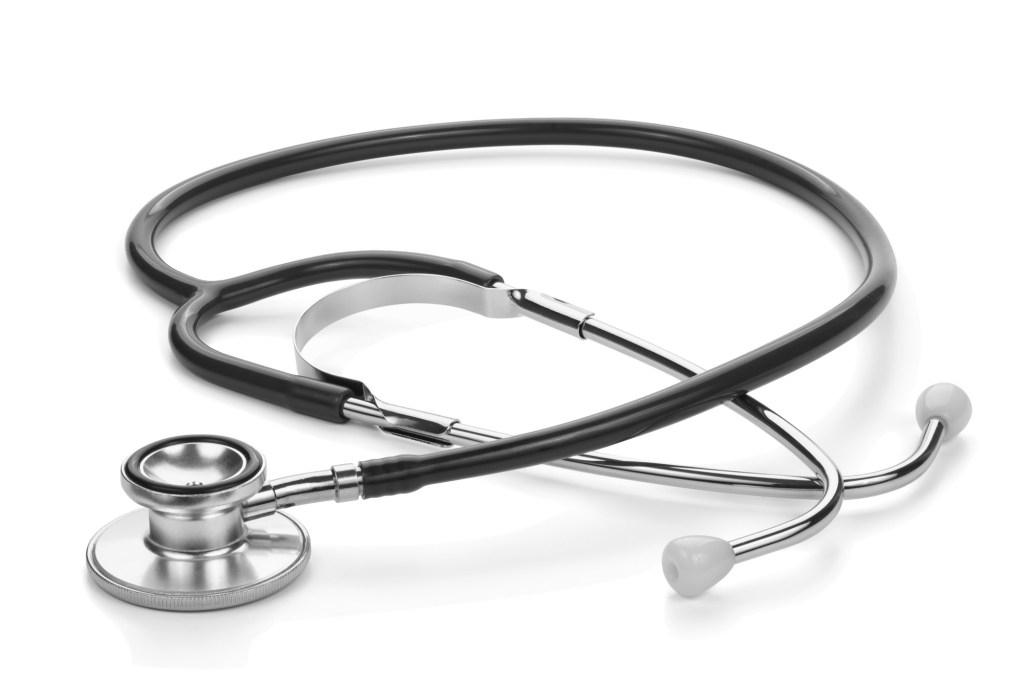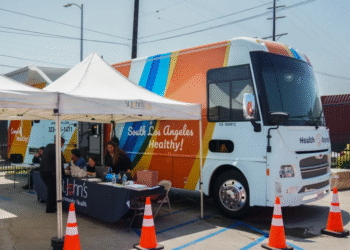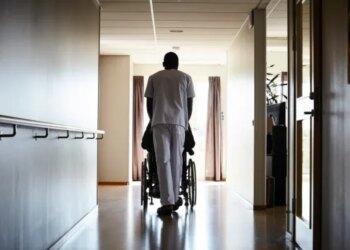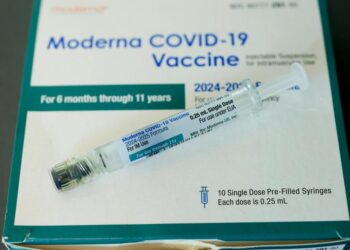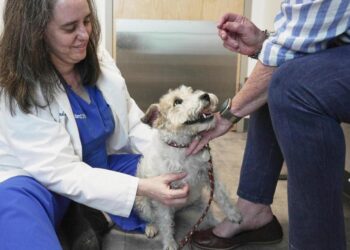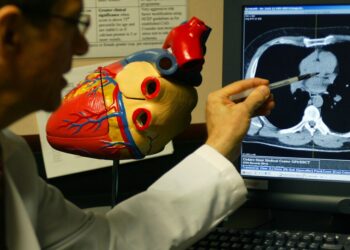By Jazmin Orozco Rodriguez, KFF Health News (TNS)
Natalie Holt sees reminders nearly everywhere of the serious toll a years-long syphilis outbreak has taken in South Dakota. Scrambling to tamp down the spread of the devastating disease, public health officials are blasting messages to South Dakotans on billboards and television, urging people to get tested.
Holt works in Aberdeen, a city of about 28,000 surrounded by a sea of prairie, as a physician and the chief medical officer for the Great Plains Area Indian Health Service, one of 12 regional divisions of the federal agency responsible for providing health care to Native Americans and Alaska Natives in the U.S.
The response to this public health issue, she said, is not so different from the approach with the coronavirus pandemic — federal, state, local, and tribal groups need to “divide and conquer” as they work to test and treat residents. But they are responding to this crisis with fewer resources because federal officials haven’t declared it a public health emergency.
The public pleas for testing are part of health officials’ efforts to halt the outbreak that has disproportionately hurt Native Americans in the Great Plains and Southwest. According to the Great Plains Tribal Epidemiology Center, syphilis rates among Native Americans in its region soared by 1,865% from 2020 to 2022 — over 10 times the 154% increase seen nationally during the same period. The epidemiology center’s region spans Iowa, Nebraska, North Dakota, and South Dakota. The center also found that 1 in 40 Native American and Alaska Native babies born in the region in 2022 had a syphilis infection.
The rise in infections accelerated in 2021, pinching public health leaders still reeling from the coronavirus pandemic.
Three years later, the outbreak continues — the number of new infections so far this year is 10 times the full 12-month totals recorded in some years before the upsurge. And tribal health leaders say their calls for…
Read the full article here

